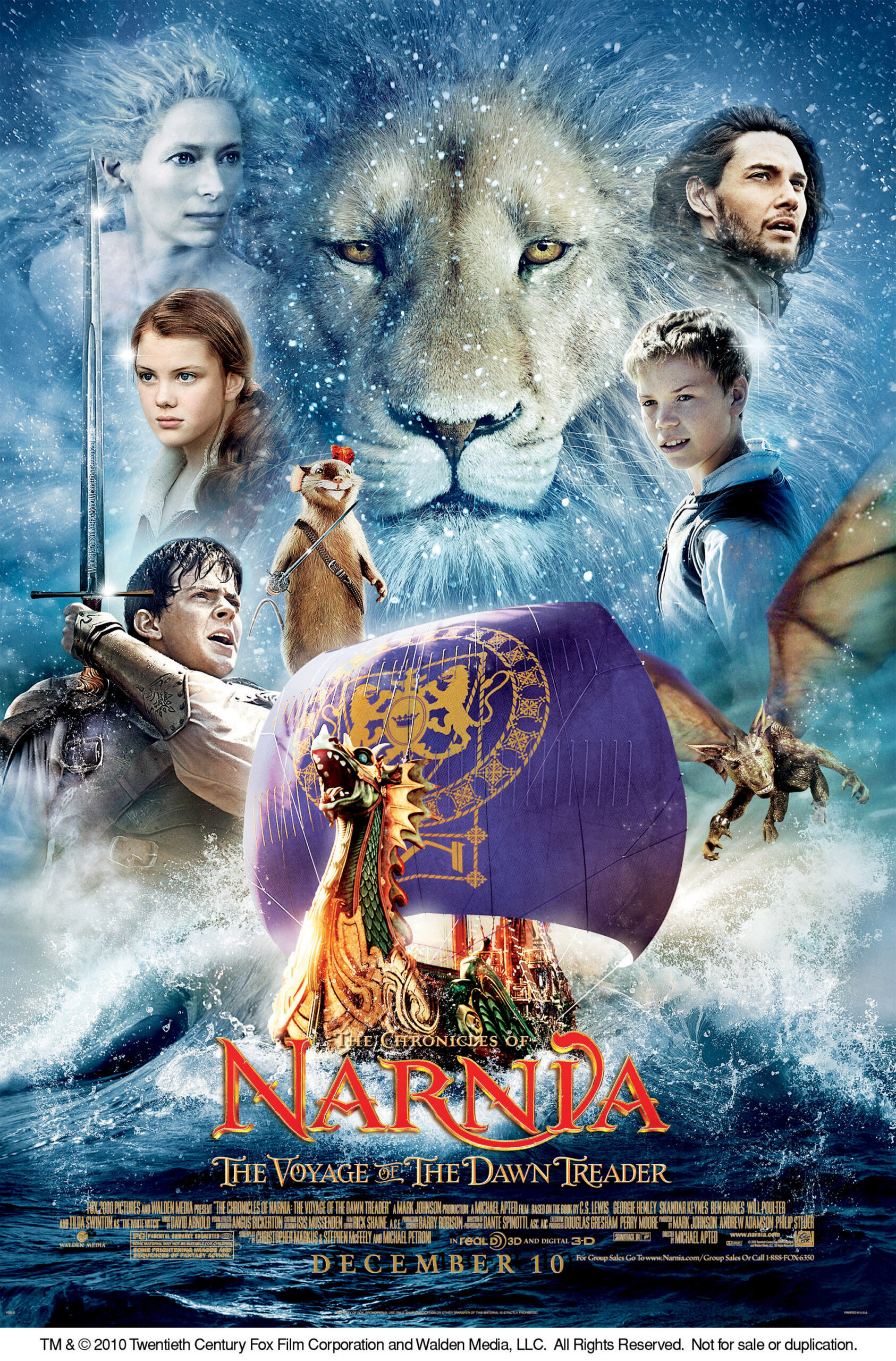The exploration of metaphysical themes, especially within the realms of spirituality and morality, often manifests in literature in ways that echo profound philosophical doctrines. C.S. Lewis’s “The Chronicles of Narnia,” a series rich in allegory, embodies such an exploration, providing fertile ground for examining the Bahá’í teachings on the Holy Manifestations of the Word. This analysis endeavors to unveil the intricate parallels between the narratives of Narnia and the Bahá’í understanding of divine leadership, encompassing concepts such as unity, revelation, and truth.
To commence, it is imperative to define the term ‘Holy Manifestations of the Word’ in a Bahá’í context. These Manifestations are divine manifestations of God’s will, serving as teachers and guides for humanity throughout the epochs. They articulate the message of unity and provide us with spiritual guidance. In the Bahá’í faith, figures like Jesus Christ, Muhammad, and Bahá’u’lláh are revered as such manifestations, each reflecting divine attributes and delivering revelations apt for their respective eras. This principle aligns seamlessly with the narrative structure and character development within the Chronicles of Narnia.
At the heart of the saga lies Aslan, the lion, who symbolizes Christ and other Messengers of God. He embodies attributes of leadership, sacrifice, and transformative power. Aslan’s character resonates with the Bahá’í view of spiritual leadership, portraying the essence of selflessness that these Manifestations embody. Just as Bahá’u’lláh sacrificed for the spiritual elevation of humanity, Aslan sacrifices himself to save Edmund, showcasing the importance of redemption—a recurring motif in both the Bahá’í teachings and Lewis’s narrative.
The allegorical framework of Narnia extends beyond Aslan to include the ethical and moral dilemmas faced by the protagonists. The Pevensie siblings navigate a world that mirrors the moral struggles of humanity, providing a narrative that echoes the Bahá’í principle of moral responsibility. The actions of the characters in Narnia exemplify the struggle between good and evil, an eternal theme in Bahá’í literature which urges individuals to choose righteousness through the lens of love and unity. This universal struggle serves as a stark reminder of one’s duty to foster harmony and pursue justice, central tenets within Bahá’í consciousness.
Moreover, the world of Narnia itself serves as a powerful metaphor for the spiritual realms discussed in Bahá’í writings. Narnia is depicted as a wondrous, albeit tumultuous land, a realm that is both real and symbolic, reminiscent of the Bahá’í conceptualization of the material and spiritual worlds. The tensions in Narnia between the forces of good and evil, light and darkness, reflect the duality present in the human experience. This mirrors Bahá’í teachings that emphasize the necessity of transcending material confines to uncover deeper spiritual truths.
Furthermore, the introduction of various mythical creatures in Narnia, each endowed with distinct qualities and roles, mirrors the diversity of humanity and the Bahá’í ideal of the oneness of mankind. The representation of fauns, centaurs, and dwarfs signifies the multifaceted nature of human society, where every individual, regardless of their background, plays a vital part in the intricate tapestry of existence. This affirmation of diversity not only enhances the narrative allure of Narnia but also propounds the Bahá’í belief that the variety of human experience should be celebrated, rather than shunned.
Additionally, Lewis’s concept of “deeper magic” in Narnia corresponds to the Bahá’í notion of divine laws that govern the universe. This ‘magic,’ akin to spiritual truths, transcends human understanding, governing actions and consequences far beyond temporal perceptions. The idea that higher laws govern our existence encapsulates a fundamental tenet of the Bahá’í faith, a reminder of the omnipresent divine influence, echoing the relationship between law, spirituality, and human experience.
Moreover, the cyclical nature of the Narnian world—where seasons shift and the tale unfolds in a pattern of renewal—parallels the Bahá’í view of progressive revelation. The Bahá’í faith asserts that religious truth does not stagnate; rather, it evolves with time through the Manifestations of God. As Narnia undergoes transformation through the emergence of new characters and challenges, so too does humanity evolve spiritually through the teachings and guidance revealed by the Holy Manifestations.
In conclusion, an analysis of “The Chronicles of Narnia” through a Bahá’í lens reveals an extraordinary interplay between literature and spiritual philosophy. The narratives interweave with the fundamental principles of unity, morality, and transformation inherent in Bahá’í teachings. By engaging with the profound metaphors within Lewis’s work, one apprehends not only a rich story but also a reflective exploration of humanity’s quest for truth, guidance, and spiritual elevation. The allure of Narnia, with its vivid characters and profound allegories, thus stands as a testament to the timeless relevance of spiritual teachings, calling humanity to aspire for higher ideals and cultivate the virtues exemplified by the Holy Manifestations of the Word.
